#1 Using Latin binomials is elitist
Erigeron philadelphicus
I'm not sure how widespread this belief is, but coming across it even once is dismaying. Apparently some people believe that those who spout off Latin names are snooty show-offs. For the uninitiated, Latin binomials are the unique, two-word names given to living creatures so that people all over the world who speak different languages can effectively communicate. (Homo sapiens, for example.) Using Latin names leaves no room for uncertainty because each name is unique.
That there are constant arguments about taxonomy — how living things should be categorized according to evolutionary relationships — doesn't indicate a flaw in the system itself. It merely means that researchers are continually updating the system as new information becomes available.
Liriodendron tulipifera in winter
To understand why binomials are important, take the case of Liriodendron tulipifera. Locally one hears it referred to as tulip tree or tulip poplar. Both its leaves and flowers resemble blooms of the popular central Asian bulbs, hence these common names. Wikipedia adds that the tree is also known as tulipwood, whitehood, fiddletree, lynntree, hickory poplar, and yellow poplar.
The tree obviously isn't related to tulips, and is not a poplar either, but rather a member of the magnolia family. To further complicate matters, the small hybrid magnolias such as ‘Jane’ typically sold as ornamentals are also sometimes referred to as tulip trees because in the spring they appear to be covered with pink tulips. Though closely related, tulip poplars and hybrid magnolias differ greatly in height, looks, and uses in the landscape.
The confusion regarding which plant we are talking about is cleared up instantly by using Latin genus and species names. I'm not saying it's necessary to memorize them and practice proper pronunciations. I’m saying to avoid use of the Latin is to forego a very handy tool for facilitating communication and to do so is silly.
Anyone with internet access can quickly look up the Latin name of the plant in question, which makes it all the more ridiculous to see complaints in online spaces about elitism. The tool is at your fingertips. You need only pick it up to make life much easier.
#2 Some people have green thumbs
Some people really do seem to have a magical, mystical way with plants, called a green thumb (green fingers in the U.K.) I don't have a problem with someone saying I have a green thumb because I can feel magical-mystical and proud for a moment or two. This feeling ends when I remind myself that positing the existence of a green thumb implies that the opposite exists, the brown thumb.
Exhibit A
These are the folks who have little success at keeping plants alive and are allowed to excuse themselves by simply throwing up their hands and identifying themselves as brown thumbs. The reality — as everyone knows already — is that brown thumbs are simply people who don't pay enough attention to the needs of plants to provide for those needs accordingly. Their plants die because they have prioritized other activities besides caring for their plants.
Green thumbs, on the other hand, are people whose fascination with plants is such that we put in the time to observe, react, then observe some more. We get to know plants as friends. Ironically, green thumbs have probably killed many more plants that brown thumbs because that is the way we got to be green thumbs. Hundreds of plants have died or failed to thrive under my care and I've learned something from each one. What sets me apart from the brown thumbs is that I stuck with it; I rarely talk about my failures, and instead put my successes front and center.
It's pretty clear to me that anyone can have a green thumb if they want it badly enough. We don't view people interested in most other hobbies and professions (except perhaps artists) as having uncanny and inexplicable abilities that border on the supernatural. We just expect them to work really hard to learn. Growing plants should be no different.
#3 You should put “weeds” in quotes
A plant in the wrong place
There is positively an epidemic of putting the word “weeds” inside quotation marks. Just now I did so in order to follow the rules of grammar, but others do it for a completely different reason: To signal that they don't like the concept of weeds. At least I think that's why they do it. I've never read an explanation of the phenomenon, but I have gathered that it is because the enlightened gardener is not supposed to believe in weeds. This is difficult to parse without having a generally agreed upon meaning for the word.
I like Merriam-Webster’s definition:
a plant that is not valued where it is growing and is usually of vigorous growth, especially one that tends to overgrow or choke out more desirable plants
This is exactly what I mean when I use the word in question. There is no need for quotation marks to signal disapproval of the concept or to imply that such a thing doesn't actually exist. There is nothing in this definition to suggest that one must spray a weed with poison, bag it for the landfill, or take any specific action. It is a non-judgemental definition that focuses entirely on description which is why I like it. If you wish to make a statement concerning how you feel about weeds, I suggest writing a paragraph to explain rather than using quotes.
#4 Botanical sexism
This is one of the more bizarre ideas I've come across concerning plants. The term was apparently coined by horticulturist Tom Ogren to describe his explanation for the worsening of pollen allergies in cities. He theorized that municipalities are planting more male trees than females, which means more pollen is released since male plants are responsible for pollen production.
Male mulberry trees leafing out
This concept of botanical sexism is open to criticism on two fronts: the term itself and the science behind it. Let's assume that city planners really are choosing to plant male trees instead of of female ones. If so, this justifies the use of the word “sexism,” in its strict sense of preferential treatment of one sex over another. But trees aren't humans and use of the word to describe discrimination in the plant world dilutes the original meaning of the term.
Women have traditionally used the word to describe when we are talked over, passed over for promotion, harassed in the street, expected to work full time while doing all the childcare and housework — you get the idea. There are no similarities between these issues and the problem with trees and urban allergy sufferers, and using the same term for the latter trivializes the former.
Is the basic concept of botanical sexism sound and I’m just quibbling about the name? Even if we called it something else, the idea that choosing male plants over females and thus contributing to an upsurge in pollen-induced allergy symptoms is problematic. Trees that drop large seeds or fruit create potentially hazardous messes on sidewalks. This excessive plant matter can also plug gutters, impeding drainage. Apparently in the public imagination such trees are female, while pollen-producing trees are males. In fact, the majority of plant species produce both male and female flowers on the same plant, and therefore don't have individual male and female members. So in most cases urban foresters can't choose male trees and reject female trees because these categories don't exist.
There is a much smaller group of plants whose members sport flowers of only one sex or the other, and individuals can therefore be clearly identified as male or female. This group contains a well-known tree, the ginkgo, which tolerates urban conditions well and is a common street tree. Females are rarely planted because they produce fruit that purportedly smells like poop. It is possible that public understanding of the nature of the ginkgo has given the false impression that many tree species have separate male and female individuals.
It’s common sense to keep sidewalks clean and safe. The idea that sexism might somehow be involved gained traction not only in an environment of botanical ignorance, but in a time in which people are eager to out the personal biases of others in order to perform outrage. Anyone who works to keep trees growing and thriving in our cities deserves support, not silly accusations.
#5 Beer for slugs
I used to sink empty tuna cans in the soil of my garden beds and fill them with cheap beer to attract — and drown — slugs that were eating my plants. It worked well: Slugs came from far and wide to fall into the beer and die. The problem was that every time it rained I would need more beer to fill the cans, and since it rains often here, I was really going through the beer.
Even though I bought the cheapest beer I could find, the costs added up. I was spending good money to get those slugs drunk (and dead) but they just kept coming. I became resentful that slugs were getting lots of beer and I was getting no beer.
After a few seasons of this situation I decided to buy the expensive beer and drink it myself. If it cost twice as much as the cheap beer, but I only drank half of what I was using for slug bait, the budget would be balanced. Turned out it was a good decision and I was much happier. I got to drink good beer in moderation and I was no longer jealous of slimy, terrestrial mollusks.
I also learned some other tricks to reduce slug damage such as waiting for hotter, drier weather before setting out vulnerable seedlings, and encouraging birds and other slug predators in the garden. I advise anyone considering using beer traps in the garden to drink the beer instead.

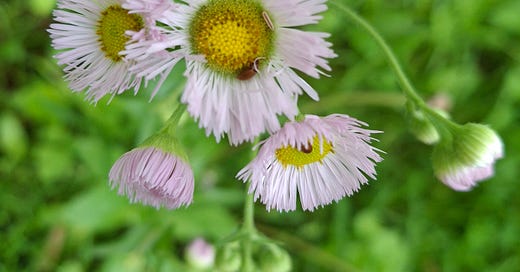



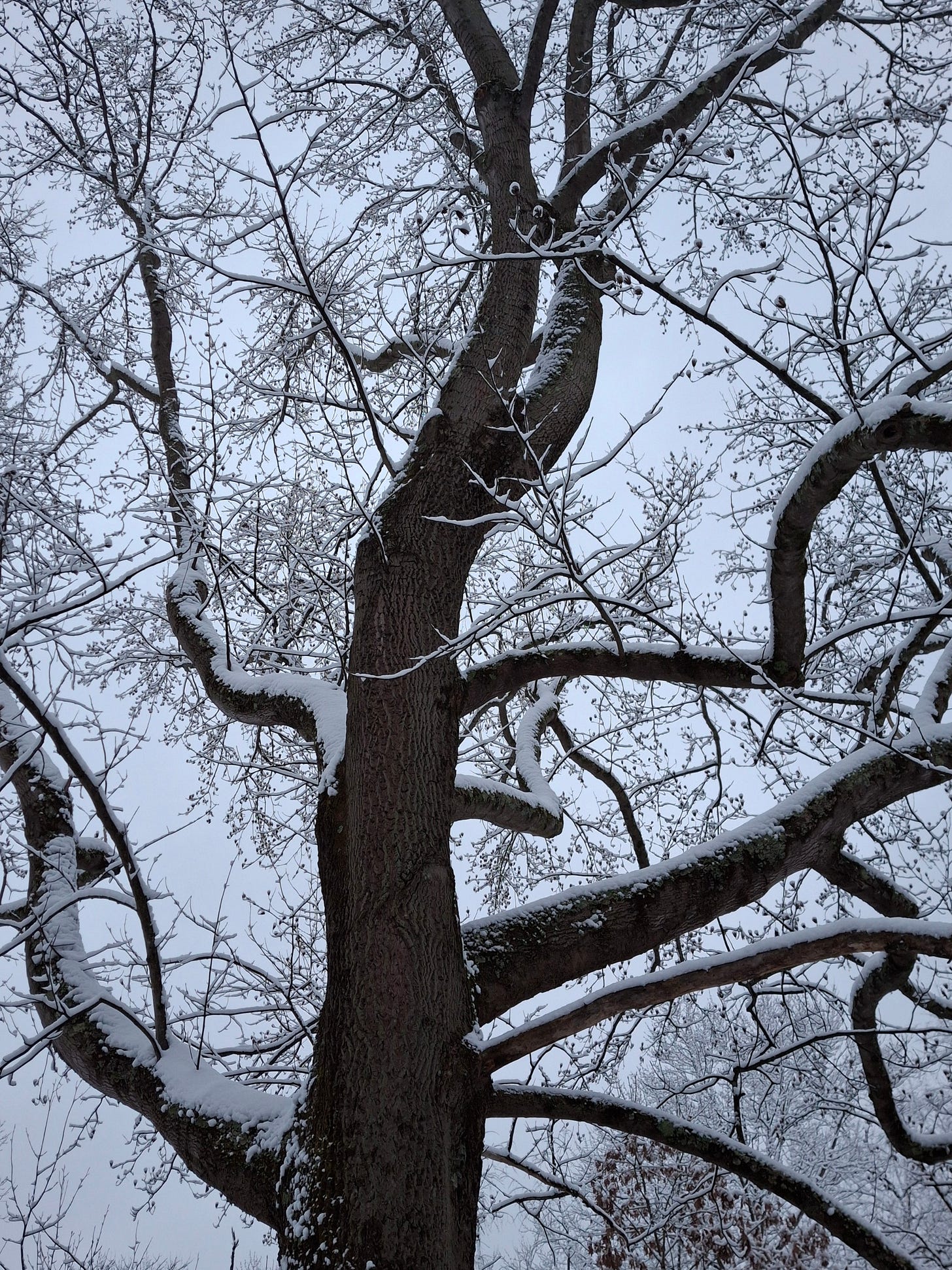
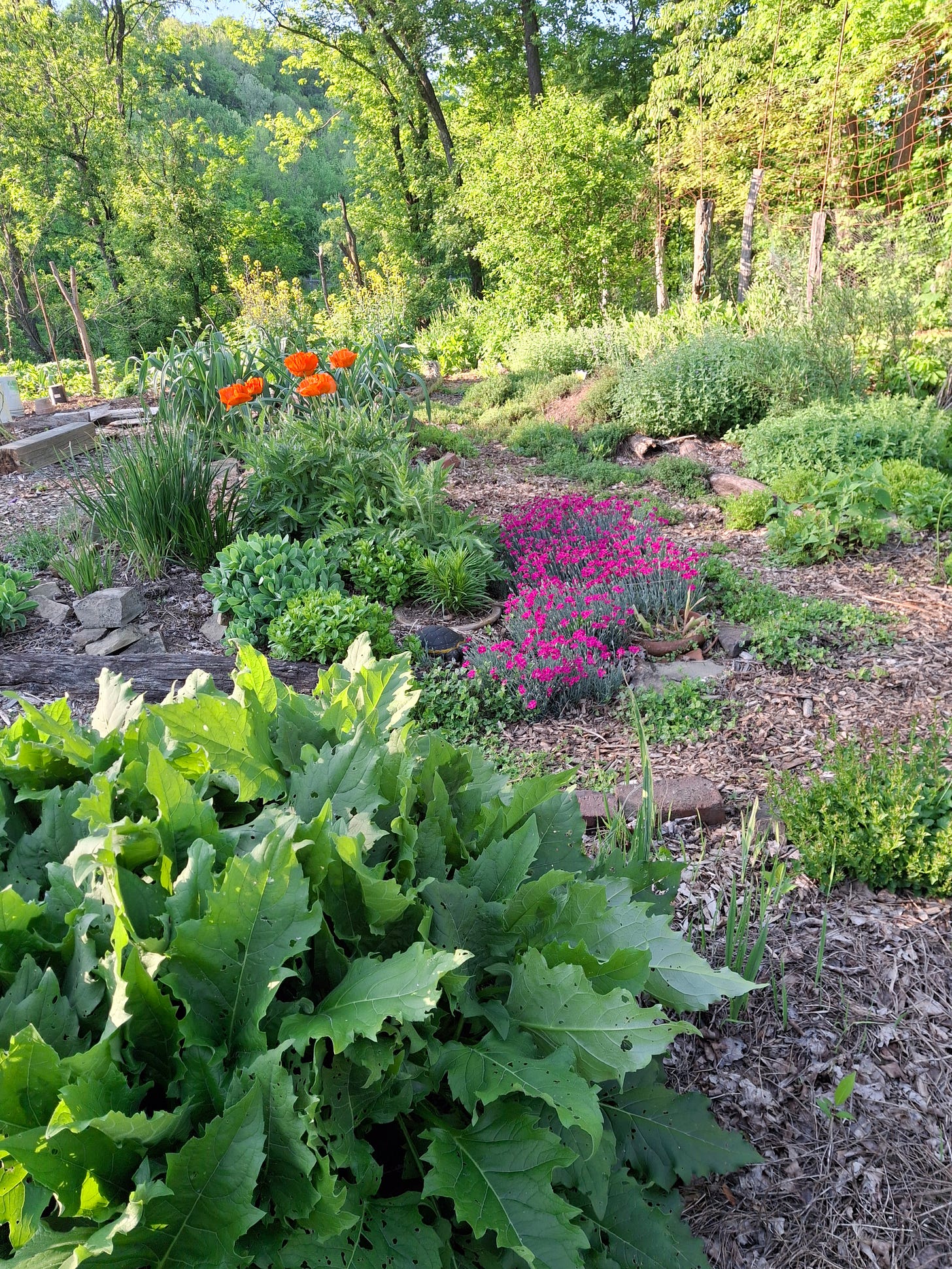
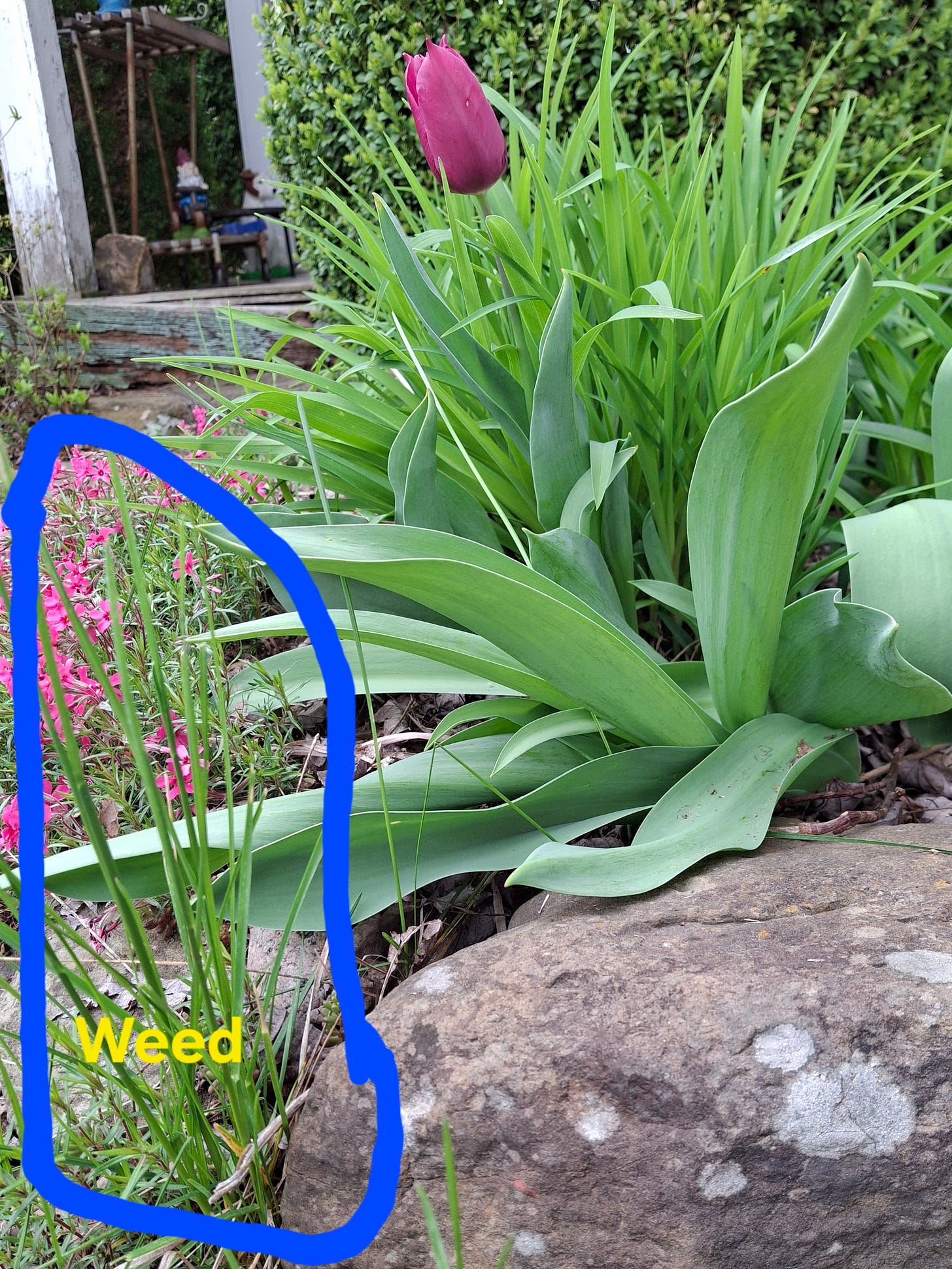

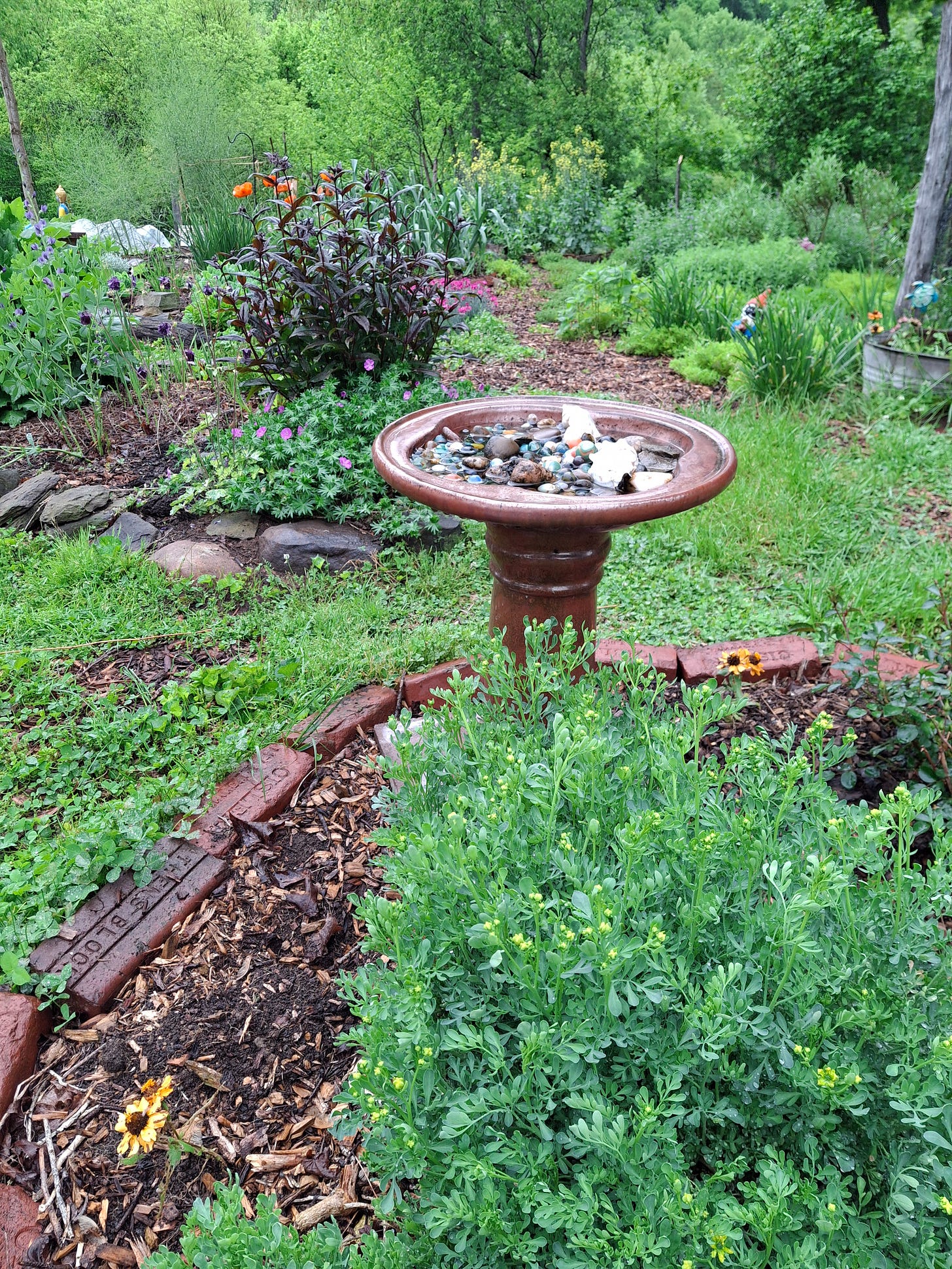
Drowning your sorrows is one thing. Drowning your gastropods is another thing. Partially drowning your sorrows while drowning half your gastropods is brilliant. I don't claim to have a brown thumb. What I claim is that I just do not see plants. At least not houseplants. When my wife goes on a trip the houseplants suffer. If I lived alone I would give away all my houseplants because I feel badly when I finally find them all dried up and covered in dust. Caecitas plantarum is the Latin term for "plant blindness." Some people think I'm being snotty when I use scientific terminology to mention it. What they don't understand is that I speak this way out of respect for our houseplant's feelings. Plants do not understand Latin.
Great common sense. I seem to remember reading that human sweat contains varying amounts of chemicals similar to rooting hormones which may explain something about green thumbs or fingers when planting cuttings, although I failed to find any references to back this up when I looked just now…